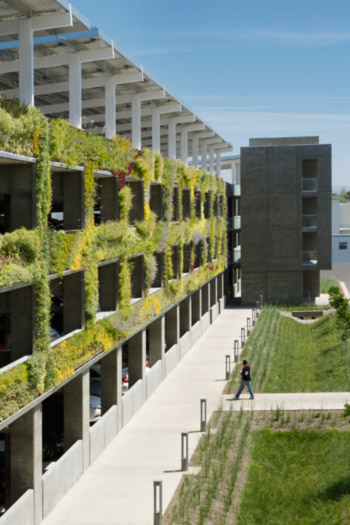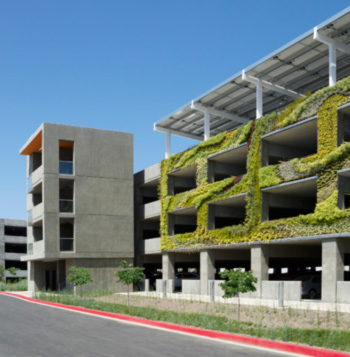An Engineers Dilemma: Low Impact Design and High Impact Storms
-1988.jpg) By Guest Blogger Tyler Whaley
By Guest Blogger Tyler Whaley
Without interference by mankind, Earth has its own way of handling storms. Through the natural hydraulic cycle of creeks, rivers, lakes, and wetlands, even the largest storms find their course — albeit by extreme flows destroying everything in their path. But nature survives, repairs, and waits for the next flood. Introduce mankind and modern civilization and the true problem is born — how do we control Mother Nature so we can live in a safe developed city? Furthermore, in this process of engineering stormwater systems how can we best mitigate the pollution caused by modern society.
Thankfully, in the United States we have a large history of rainfall data and design requirements formulated from years of research. The common basis of design for pollution mitigation is to treat the first three-quarters of an inch of rainfall runoff; known as the “first flush”. In this first flush, a majority of pollutants that gather on the surface, such as oil and grease from cars, find their way into the drainage system.
Until recently, the dominant school of thought was to route the first flush runoff through a mechanical structure designed with a catch-all approach to handle stormwater pollution. These structures are typically underground, hidden from sight and require frequent maintenance to operate at the designed intent. While these devices perform excellently, they fail to address the source of pollution — us. As these structures go unattended, the pollutants from modern society find their way into our waterways. As a solution to this problem, the concept of Low Impact Design (LID) was born.
The fundamental concept for LID is to replicate the natural conditions of the land prior to interference by humans. Vegetated swales, biofiltration planters, constructed wetlands, and rain gardens are just some examples of LID structures to replace the catch-all mechanical filtration systems. Aside from filtration elements, LID encompasses water efficiency practices that mimic existing native land, such as pervious pavements and routing rooftop drains into vegetated areas.
 The combination of filtration devices and LID site design concepts leads to an aesthetically pleasing design that minimizes pollution. However, what happens to these green structures when they encounter storms above the first flush level?
The combination of filtration devices and LID site design concepts leads to an aesthetically pleasing design that minimizes pollution. However, what happens to these green structures when they encounter storms above the first flush level?
-1946.jpg) Let’s look at a hypothetical vegetated swale in Orange County, Calif. that is located on the edge of a 50-stall commercial parking lot. Based upon Orange County water quality methods, the depth of flow in this vegetated swale will be approximately 2 inches; lower than the typical height of 4-inch vegetated swale grasses. The swale will also be flowing at a rate so that it does not pose any damage to plant life. For a typical year, this swale provides an excellent design to mitigate the first flush runoff.
Let’s look at a hypothetical vegetated swale in Orange County, Calif. that is located on the edge of a 50-stall commercial parking lot. Based upon Orange County water quality methods, the depth of flow in this vegetated swale will be approximately 2 inches; lower than the typical height of 4-inch vegetated swale grasses. The swale will also be flowing at a rate so that it does not pose any damage to plant life. For a typical year, this swale provides an excellent design to mitigate the first flush runoff.
Now let’s see what happens when a 25-year storm comes through. Sparing the overly technical explanation, the depth of flow in the channel will rise and flatten the grasses, eventually lowering at an equilibrium depth of approximately 2-inches — albeit flowing at a much faster rate. The faster channel velocity approaches the limit that most vegetation can withstand before substantial erosion occurs, and will certainly erode any sort of mulch placed in the swale.
While this example described represents a small area, it demonstrates that without appropriate controls for high impact storms, a LID filtration element is destined to mimic natural erosion that previous schools of thought aimed to mitigate.
A LID site feature alone does not diminish all the impacts from a modern society but it is the leading school of thought to minimize our pollution. A complete LID approach to development is a full circle evolution in design—from natural land, to rigid conveyance and mechanical filtration, and finally to optimized engineered land that mimics Mother Nature.
Tyler Whaley, PE, LEED GA is a Civil Engineer for integrated sustainable design firm, LPA Inc., who specializes in K-12 facilities.
